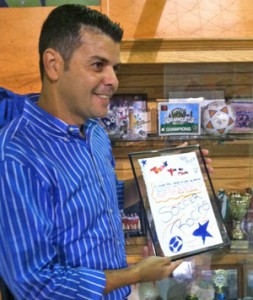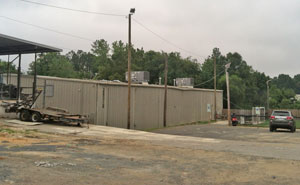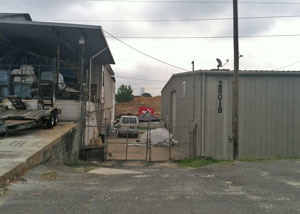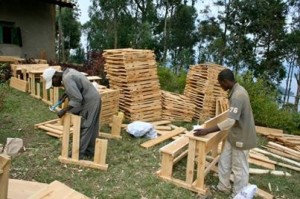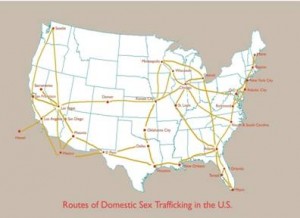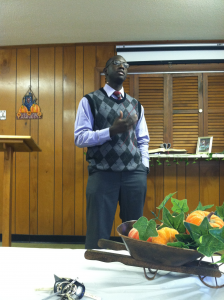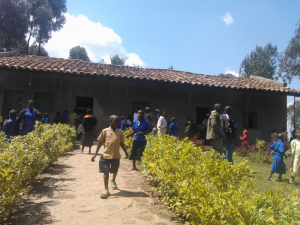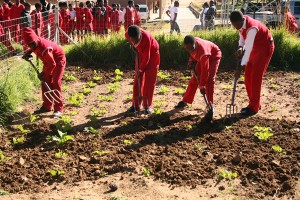Patricia Shafer, October 26, 2017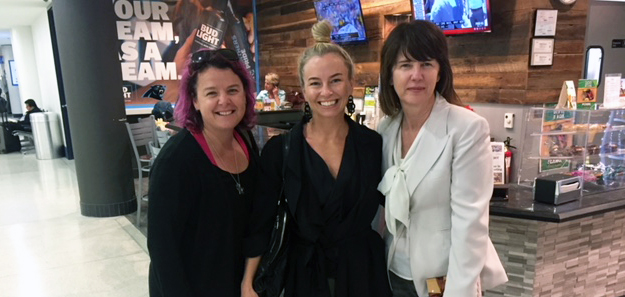
“Let’s meet at Charlotte International Airport”. . . so said Australian Karen Kendall of Shamida Ethiopia, Alishia Sullivan from the Abu Dhabi office of Squire Patton Boggs, and Patricia Shafer of Mothering Across Continents (MAC) returning to the US from Argentina. Of the three, I’m the latter – Patricia Shafer.
It’s not entirely unusual for me to have meetings in airports. I’m on the road or in the air a lot. For instance, I spent much of the month of October in Virginia expanding our NewGen Peacebuilders program with high schools and universities across much of the state. In November, I’ll visit school projects in Rwanda and South Sudan. I once met a potential partner from Colorado in the Nairobi International airport.
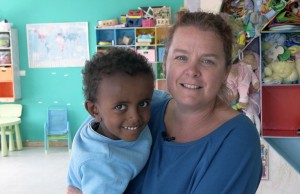 But this meeting – with Karen and Alishia was beyond special and full of serendipity. How is it the stars align such that three women hailing from, living in, and or working on four different continents can find themselves having coffee this way? A simple answer is that we are all involved in programs and efforts to support vulnerable children. A better answer, I believe, is that a force greater than all of us wanted me and other people to hear about Karen Kendall, who established Shamida Ethiopia. Through her daily management of Shamida Ethiopia Karen cares for orphans and vulnerable children, reunites street children with families and guardians, and empowers single mothers to care for their babies. Karen does all of this as the mother of Ruby, the daughter she adopted in Ethiopia in 2012.
But this meeting – with Karen and Alishia was beyond special and full of serendipity. How is it the stars align such that three women hailing from, living in, and or working on four different continents can find themselves having coffee this way? A simple answer is that we are all involved in programs and efforts to support vulnerable children. A better answer, I believe, is that a force greater than all of us wanted me and other people to hear about Karen Kendall, who established Shamida Ethiopia. Through her daily management of Shamida Ethiopia Karen cares for orphans and vulnerable children, reunites street children with families and guardians, and empowers single mothers to care for their babies. Karen does all of this as the mother of Ruby, the daughter she adopted in Ethiopia in 2012.
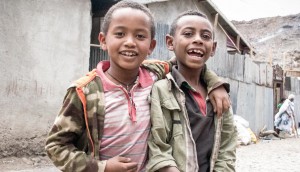 Over the two hours the three of us spent together, I learned that Karen and Shamida Ethiopia includes clean, comfortable housing but also a spirit of helping where the most need arises. I am moved by Karen’s collaboration with nonprofit Hamlin Fistula Hospital which provides comprehensive care for women who suffer from physical impairments related to pregnancy and delivery. As Hamlin Fistula USA notes, “In the United States, serious maternal injuries during childbirth are rare, but in Ethiopia . . . problems such as obstructed birth mean that labor can last for several days, with life-altering consequences. Stillbirths are common and grieving mothers are often left with debilitating physical injuries such as obstetric fistula, a condition that renders women unable to control leakage of urine and feces . . . isolating and depressing.”
Over the two hours the three of us spent together, I learned that Karen and Shamida Ethiopia includes clean, comfortable housing but also a spirit of helping where the most need arises. I am moved by Karen’s collaboration with nonprofit Hamlin Fistula Hospital which provides comprehensive care for women who suffer from physical impairments related to pregnancy and delivery. As Hamlin Fistula USA notes, “In the United States, serious maternal injuries during childbirth are rare, but in Ethiopia . . . problems such as obstructed birth mean that labor can last for several days, with life-altering consequences. Stillbirths are common and grieving mothers are often left with debilitating physical injuries such as obstetric fistula, a condition that renders women unable to control leakage of urine and feces . . . isolating and depressing.”
I am thankful to Alishia for setting up this meeting. I had just come off a long international flight and there they were, waiting in a tiny coffee shop at a busy airport. They opened my eyes and made my heart bloom.

